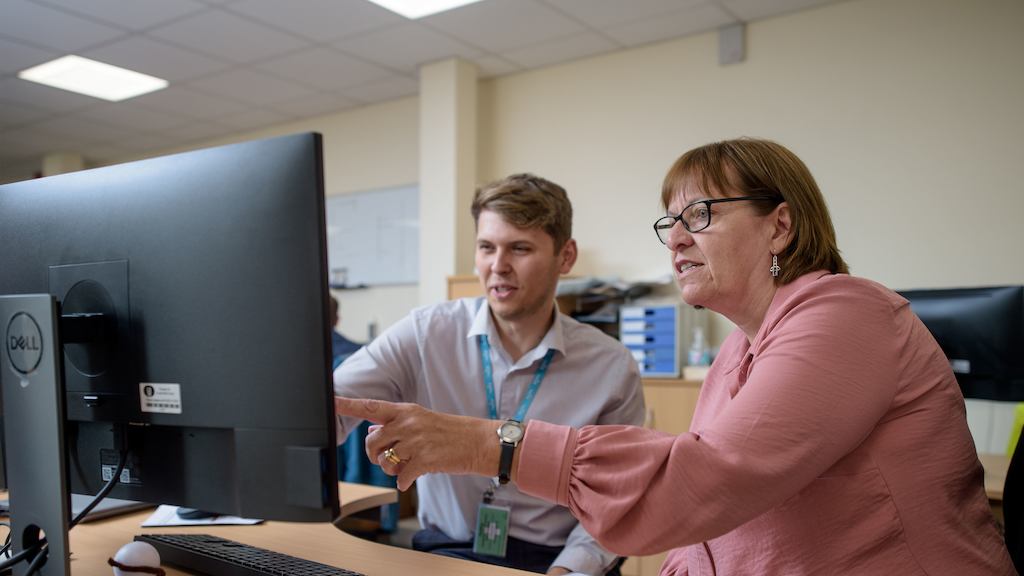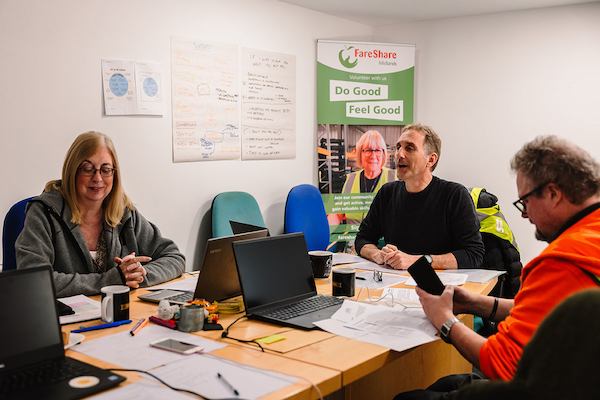There are good things going on in government that could make a real difference to all of our employment prospects in our 50s and 60s. At the last spending review, the Department for Work and Pensions (DWP) received funding for a network of 50+ champions in Jobcentre Plus – and their numbers have now been doubled. These champions work to promote and support efforts within Jobcentre Plus to get jobseekers over 50 back into work, and support them to plan for the future. This programme is in its infancy – but we have met lots of champions who are passionate and knowledgeable and want to make a difference.
DWP should continue pushing itself to make the most of this enthusiasm: testing new approaches to digital support, training, coaching and employer engagement, sharing that learning across the network. And they should be curious and transparent about the impact this initiative is having. The Mid-life MOT pilots in the private sector are now well underway. It was great to see the government putting investment behind learning how to make this good idea work in practice. They should be gearing up to transparently publish that learning – from what didn’t work as well as what did, so we can all use it to fill in some gaps on how to successfully mobilise this intervention. Post-election, this testing and trialling work needs to continue. But a truly forward-thinking set of politicians would be shifting their thinking on employment and retirement into the 21st century.
The retirement cliff-edge is a thing of the past – but our benefits and employment support system are still built as if it isn’t. The Mid-life MOT concept is a nod to the need for all of us to think differently and expansively about what our work and financial life looks like in our 60s and beyond – and be supported to do that. But the systems around us need to change at the same time, to give us all access to the financial and employment support that we need to thrive all the way up to state pension age, and beyond.


